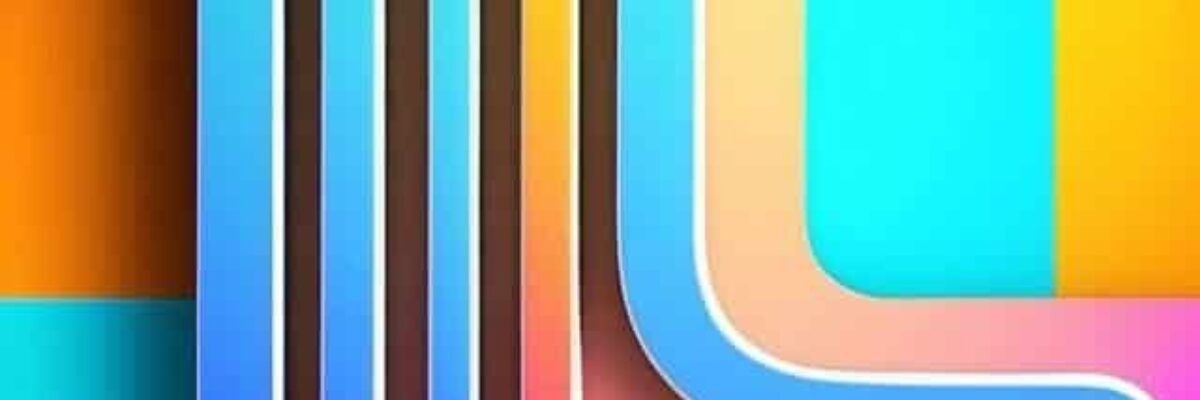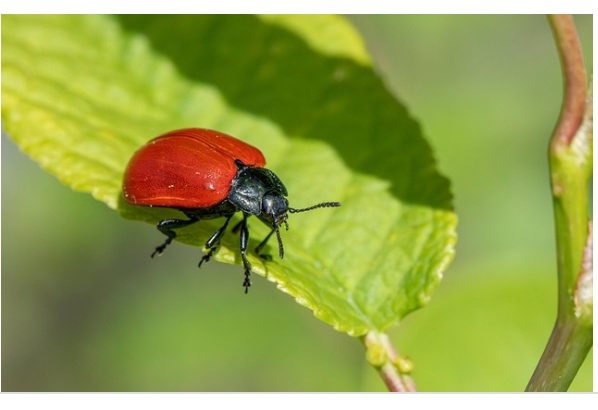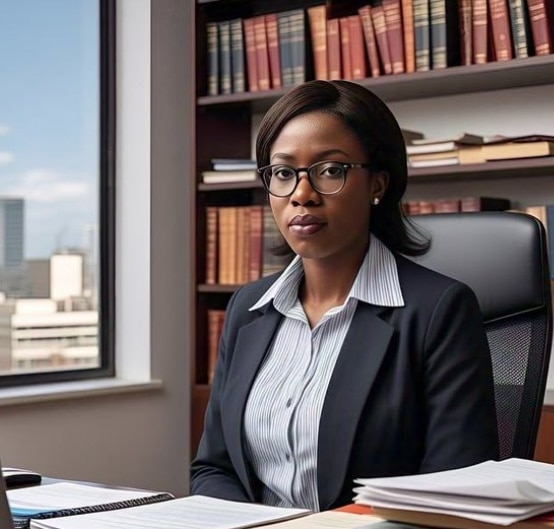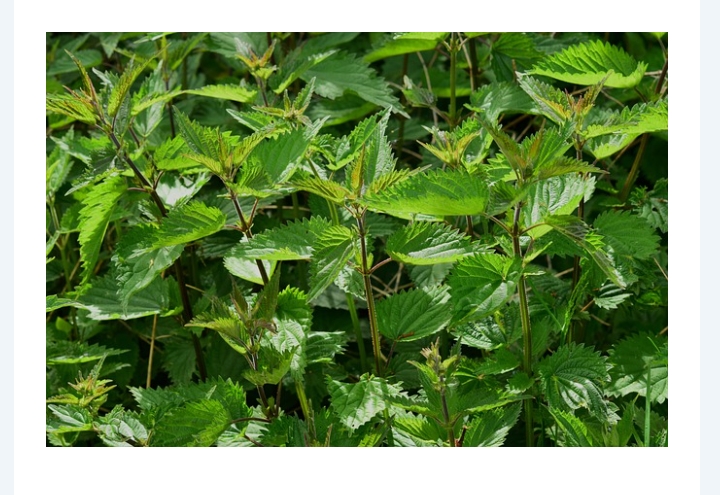Week 3: Effects of Weeds on Farmers
When I think about my early days working on a small farm with my grandmother, one of the most frustrating experiences was fighting weeds. We’d spend hours pulling stubborn plants from the soil, wondering why they seemed to grow faster than the crops we actually wanted. For farmers like us, weeds are not just an inconvenience – they can make or break a harvest. If you’ve ever had a garden or farm of your own, you’ll know the sinking feeling when you look at your crops and realize the weeds have taken over.
In this week’s lesson, we’re diving deep into how weeds impact farmers and why understanding them is crucial to good farming practices. It’s not just about pulling plants from the ground – it’s about preserving the life of the crops that provide food for our families and communities.
You’ve probably seen weeds growing in places you didn’t expect, like the corners of the garden or between crops. But weeds don’t just steal space; they can drain the soil of nutrients, block sunlight from reaching crops, and even host pests that damage the plants we want to grow. If left unchecked, they can reduce the yield of a farm, costing farmers time, money, and hard work.
In my years of farming, I’ve seen firsthand how these pesky plants can take a toll on a farm. I remember one season when my family struggled with a particularly aggressive type of weed – it seemed to grow back no matter how much we pulled it out! It took a lot of effort and creativity, but eventually, we found a method to control it. And that’s what I want to share with you today – real insights into how weeds affect farmers and how we can fight back.
Primary 5 Agricultural Science – Week 3 Lesson Note
Topic: Effects of Weeds on Farmers
Class: Primary 5
Term: Second Term
Week: 3
Duration: 1 hour
Age: 10-11 years
1. Behavioral Objectives
By the end of this lesson, students should be able to:
-
Identify different types of weeds common to farming.
-
Explain the harmful effects of weeds on crop production.
-
Understand how weeds compete with crops for nutrients, space, and water.
-
Discuss practical methods of controlling weeds to improve crop yield.
2. Key Terms and Definitions
-
Weeds: Unwanted plants that grow alongside crops, competing for space, nutrients, and water.
-
Crop Yield: The amount of crops harvested from a farm.
-
Invasive Weeds: Weeds that spread quickly and are hard to control.
-
Herbicide: A chemical used to kill or control the growth of weeds.
3. Set Induction
Teacher (smiling): “Imagine you have a beautiful garden with your favorite vegetables. Everything is growing well, and you can already smell the tomatoes and carrots. But then, something starts to happen – you notice that some strange plants are growing everywhere, stealing space from your vegetables. What would you do?”
(Allow students to answer, creating an engaging discussion.)
Teacher: “These strange plants are called ‘weeds.’ Today, we’re going to learn about how they affect our crops, how to identify them, and most importantly, how to stop them from stealing the spotlight!”
4. Entry Behaviour
Before starting the lesson, the teacher asks:
-
“Have you ever seen weeds in your garden or farm?”
-
“Can anyone tell me what they think weeds do to crops?”
This helps students connect the new information with their own experiences, whether at home or in a community garden.
5. Learning Resources and Materials
-
Pictures of common weeds (e.g., dandelions, crabgrass)
-
A whiteboard or flip chart for illustrations
-
Samples of weeds (if available)
-
Videos or diagrams on how weeds compete with crops
-
Chalk and board for writing key points
6. Building Background Knowledge
Students are encouraged to share their prior knowledge about the topic. The teacher can ask:
-
“Can anyone name a weed they’ve seen before?”
-
“What did you notice about the space around the weeds? Were there other plants growing there too?”
This encourages pupils to think about their environment and how weeds impact their daily lives.
7. Embedded Core Skills
-
Critical Thinking: Students analyze the relationship between weeds and crops and think critically about how to manage them.
-
Problem-Solving: Learners explore practical methods for controlling weeds.
-
Communication: Pupils share ideas and experiences, discussing solutions to weed problems.
8. Main Content
What are Weeds?
Weeds are plants that grow where they are not wanted, especially in areas where farmers are trying to grow crops. They may grow quickly and spread aggressively, outcompeting the crops for resources like sunlight, space, water, and nutrients from the soil.
Effects of Weeds on Farming:
-
Competition for Resources: Weeds steal sunlight, water, and nutrients from the crops. This reduces the crops’ ability to grow properly, leading to smaller yields.
-
Increased Cost of Production: Farmers often spend extra money on labor and herbicides (chemicals that kill weeds) to control weeds.
-
Weeds Can Host Pests and Diseases: Some weeds can harbor pests that harm crops. For example, certain weeds can attract aphids, which are harmful to many types of plants.
-
Reduced Crop Yield: When weeds take over, the crops are unable to grow well. This means less food for the community and a loss of income for farmers.
-
Hinder Crop Growth: Weeds can physically block crops from growing properly by shading them or choking them out.
Examples of Common Weeds:
-
Crabgrass: This weed grows quickly and spreads over the soil, stealing nutrients from crops.
-
Dandelions: Known for their yellow flowers, these weeds can grow in gardens, stealing space from vegetables.
-
Goosegrass: A low-growing weed that competes with crops for sunlight and water.
Real-Life Story:
When I was younger, I spent a lot of time helping my family on our small farm. I remember one season where we had a bad case of crabgrass. No matter how many times we pulled it out, it kept coming back! It was so frustrating because it took up all the space where we wanted to plant tomatoes. But we didn’t give up. We learned that using mulch and sometimes even organic herbicides could help keep the crabgrass under control.
9. Classroom FAQ Discussion (15 Questions)
Teacher: “Let’s now discuss some questions together. Answer as best as you can!”
-
What is a weed?
-
Name two effects of weeds on crops.
-
What do weeds compete with crops for?
-
How can weeds reduce a farmer’s income?
-
Give an example of a weed you have seen in your area.
-
Why is it difficult for crops to grow when weeds are present?
-
How do weeds help pests survive?
-
What is herbicide, and how is it used?
-
Name two weeds that are harmful to crops.
-
What can farmers do to control weeds on their farms?
-
How can weeds reduce crop yield?
-
Why is it important to control weeds early?
-
How do weeds affect the soil and its nutrients?
-
What could happen if weeds are not controlled?
-
Can weeds ever be useful to farmers? Explain.
10. Part A: 15 Fill-in-the-Blank Questions (Objective)
-
Weeds compete with crops for ______, ______, and ______.
-
One harmful effect of weeds is that they can reduce ______ yield.
-
Herbicides are used to ______ weeds.
-
______ is an example of a common weed in many gardens.
-
Farmers spend extra ______ and ______ to control weeds.
-
Weeds can ______ the growth of crops by blocking sunlight.
-
Weeds often host ______ that can harm crops.
-
______ is a weed that grows quickly and spreads easily.
-
The main problem with weeds is their ______ to crops.
-
Without weed control, farmers lose ______ and money.
11. Part B: 10 Evaluation Theory Questions
-
Explain why it is important to remove weeds from your farm.
-
How do weeds affect the growth of crops? Give examples.
-
What methods can farmers use to prevent weeds from growing?
-
Explain how weeds can cause financial loss to a farmer.
-
Describe the impact of weeds on soil nutrients.
-
What are some natural ways to control weeds without chemicals?
-
Why do weeds grow faster than crops in some cases?
-
What role do weeds play in attracting pests?
-
How can a farmer identify if a weed is harmful to crops?
-
Explain how a farmer can keep weeds from returning after they’ve been removed.
12. Assessment
-
Oral Questioning:
-
Ask pupils to recall and explain how weeds affect crops and farm yield.
-
Have pupils share any personal experiences or observations of weeds in their community.
-
-
Practical Activity:
-
If possible, students go to a nearby garden or the school’s garden to identify weeds and practice removing them.
-
Have students draw a weed and a healthy crop side by side, explaining the difference in their growth conditions.
-
13. Conclusion
Teacher: “Today, we’ve learned that weeds are more than just an inconvenience; they can harm our crops in many ways. But, just like any challenge, we can control weeds with the right methods, like pulling them out, using mulch, and sometimes even using special herbicides. Remember, a farmer’s job is never easy, but with the right tools and knowledge, we can ensure that our crops thrive.”
Class (in unison): “We can do it, ma!”
Teacher: “That’s right! Together, we’ll protect our crops from those pesky weeds.”











